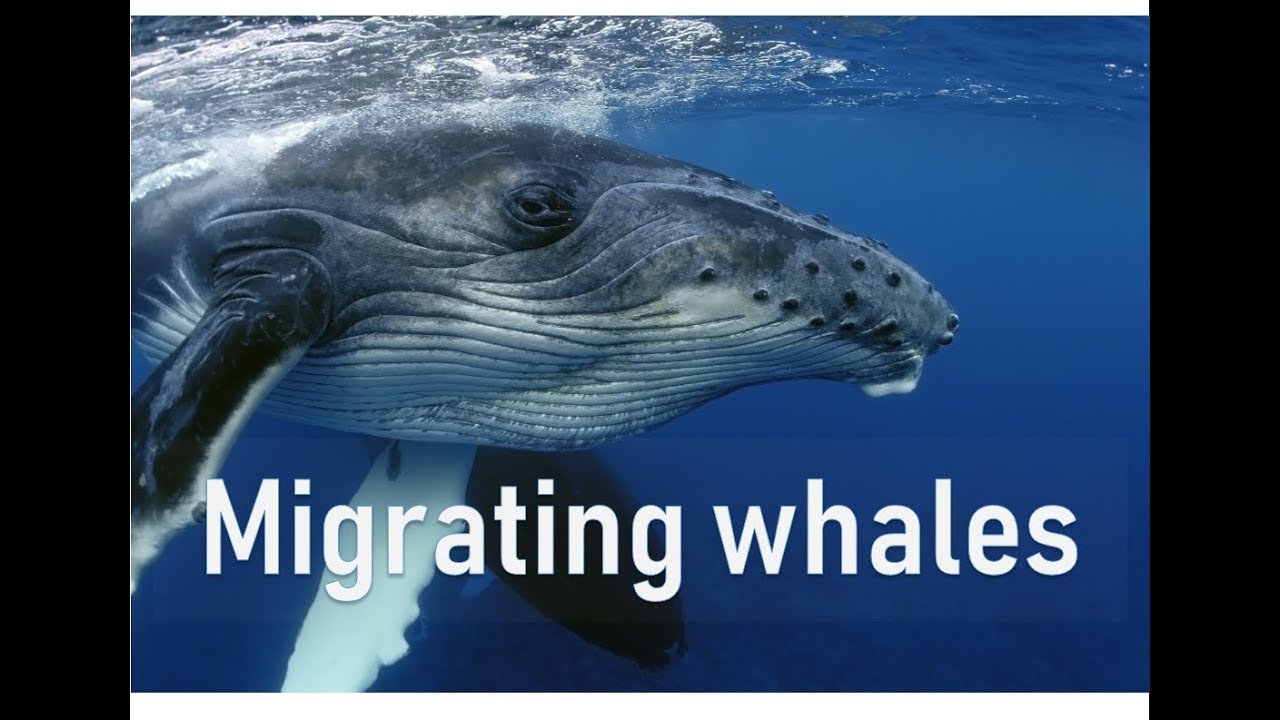Why Do Whales Migrate?
Food and love is why. Humpback whales migrate to the warm waters of Far North Queensland in order to birth their calves. They stay until the calves are fat enough to return to their cold Antarctic home. Size is important for their survival, as Professor Tracey Rogers explains in this entertaining and informative video.
Whale Watching 2022
Anyone looking out to sea in northern NSW right now should be able to spot a passing humpback, as it breaches, leaps, splashes and plays. The east coast of Australia is one of the best places in the world for watching these magnificent marine mammals migrate from the cold waters of Antarctica to the warmth of FNQ. But it’s neither holiday nor health resort – it’s mother love.

Kinder for Whales
FNQ is a humpback nursery. Once the whales reach warmer waters the females give birth and the calves spend the next year enjoying a diet made up exclusively of whale milk smoothie. Professor Rogers calls it simply ‘whale milk’, but with a consistency like toothpaste and a 40% fat content ‘smoothie’ seems apt.
The dramatic depletion of the whale population made the whaling industry financially nonviable – a rare win for economic rationalism.
However, while they are away birthing and feeding their calves the humpback females are without food. It’s a 5,000km trip from Antarctica to FNQ and a long way from the humpbacks’ staple diet of krill, a small crustacean found in the icy waters of Antarctica. That is why it is crucial to the survival of humpback whales that they are able to gorge themselves on krill before they travel.
Survival of the Fattest
It takes a lot of energy to keep your body warm in Antarctica. You or I would fail, but humpbacks have adapted to the conditions, carrying a layer of thick fat, called blubber, which insulates against the cold. Whale calves arrive without this layer, so it’s important that they are born into warm waters where they can feed from their mother’s fat-rich milk and bulk up.
Survival of the fattest.
Hence the arduous trip to sunny Queensland. By the same token, the female whales need to preserve their energy while fasting and feeding their calf, to survive and make the long journey back to Antarctica.
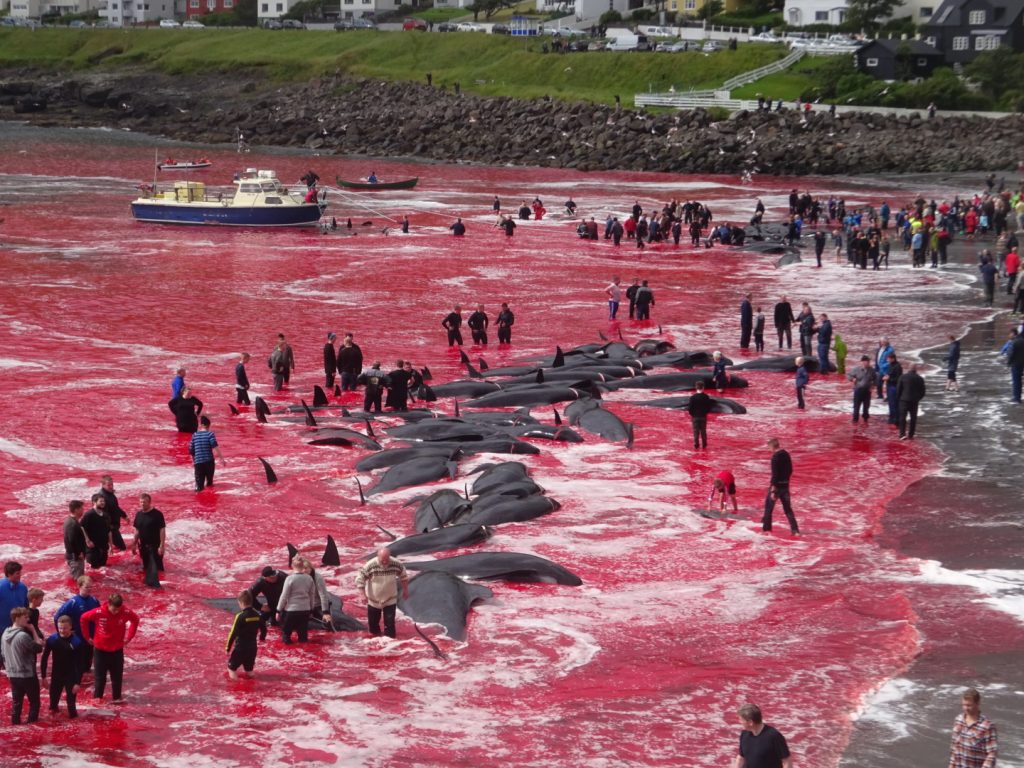
Image from The Sun, UK 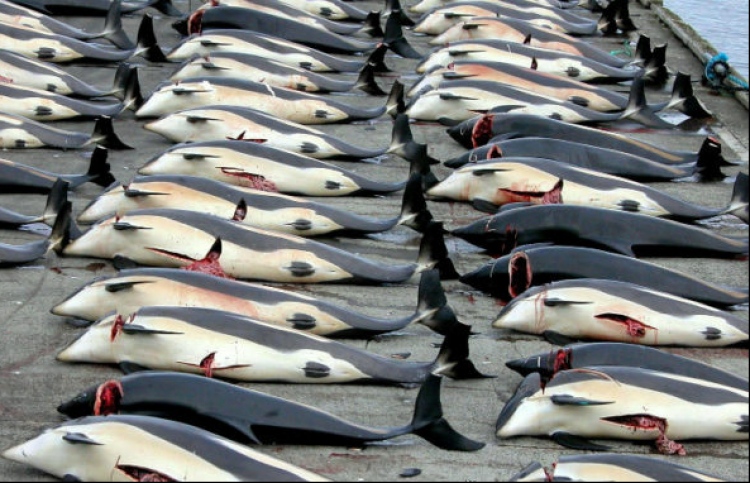
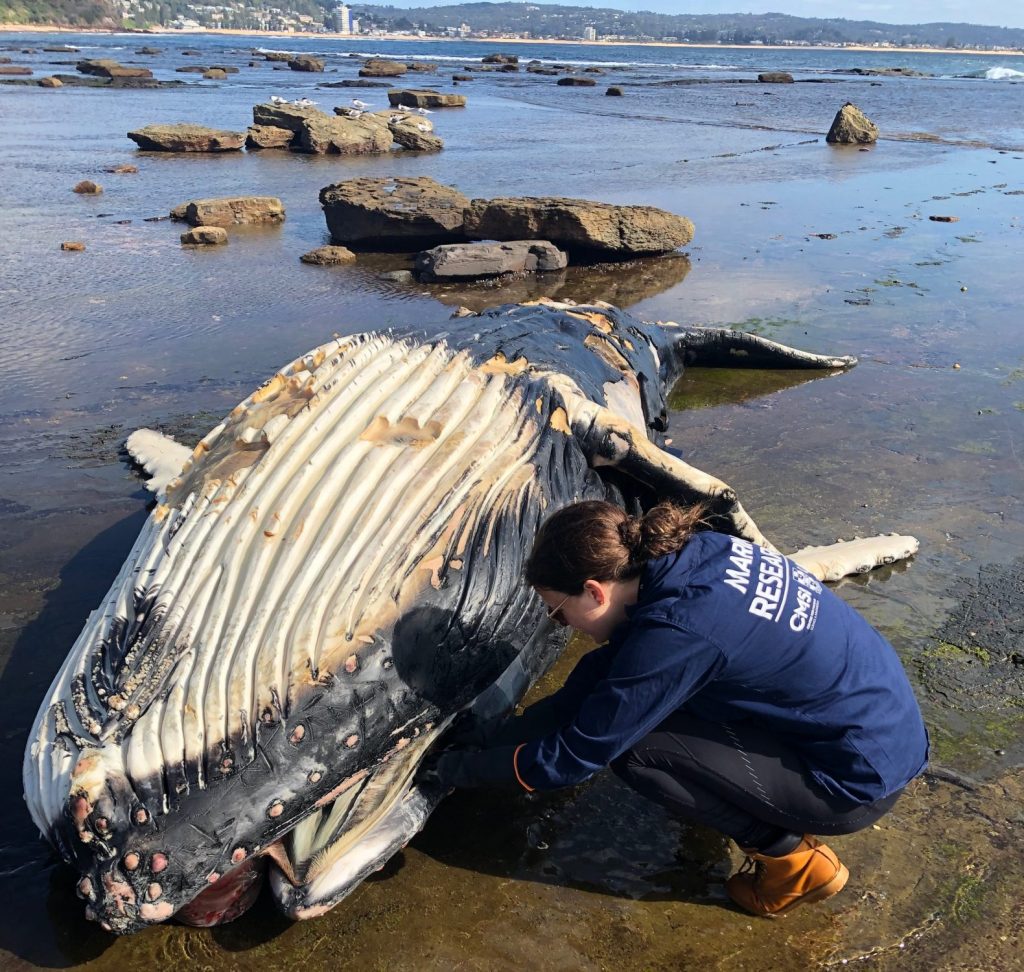
The Dark Past of Whaling
Whale survival has a dark past. As recently as the 1980s the world humpback whale population had been hunted almost to extinction, from around 30,000 creatures to just a few hundred. This dramatic depletion of the whale population made the whole industry financially nonviable – a rare win for economic rationalism. Now, thanks to international laws banning whaling, the humpback population is growing by up to 11% per year, which is wonderful for baby calves and the thriving tourist industry of whale watching.
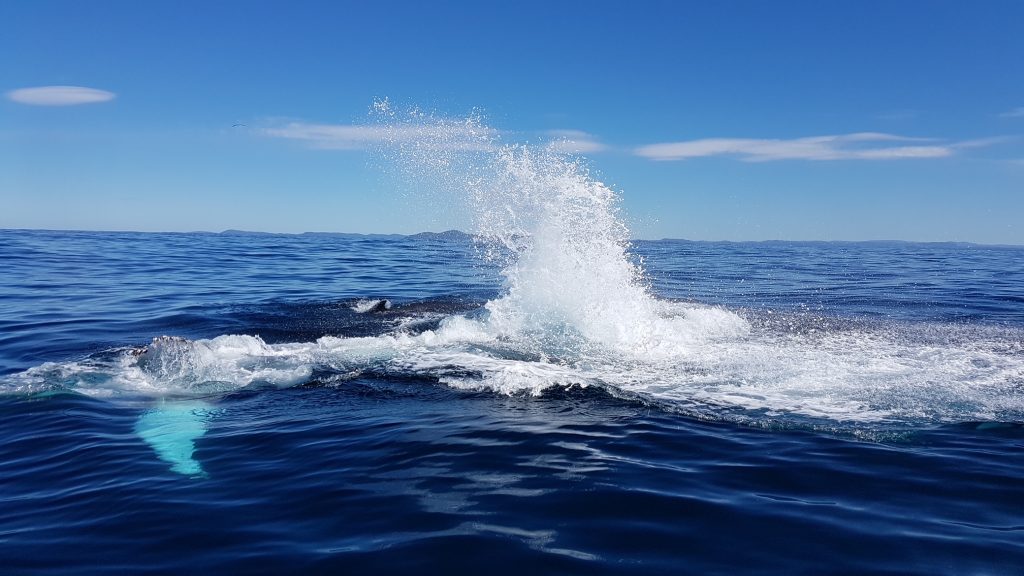
Here at Gowings Whale Trust we down tools daily to go watch the whales as they migrate along the gorgeous Coffs coast, between the months of June and October. The whales are playful, majestic, enchanting, and we are lucky to be born in a time when we can bear witness to the magic of these marine mammals.
But not all whales are as lucky as the Australian humpbacks. Many are still endangered and many are still hunted, by countries that disregard international anti-whaling regulations, like Japan. And all of our marine mammals are threatened by the environmental degradation of the oceans, through chemical and plastic pollution, net entanglement and over-fishing.
Our Last Chance
The world whale population has come to the brink of extinction once already in our lifetime. We must not let it happen again. If we want our grandchildren to experience the wonder of the marine world we need to act now. But how? There are many NFP organisations fighting to protect marine environments and creatures. Gowings Whale Trust supports environmental protectors like the Sea Shepherd organisation, who regularly risk their lives to stand between the whales and the hunters. Follow the link below for more compelling videos of their campaign, in ‘The Whale Wars – surrounded by spies’.
We also partner with Ocean Warriors, the marine arm of the Byron Bay Wildlife Hospital. You can catch up with what the team at Byron Bay Wildlife Hospital are up to in their new Channel 10 series.
Are you an avid whale watcher with a whale photo of your own? Submit it to our Whale Watching competition to win a whale watching trip and bags of merch.


